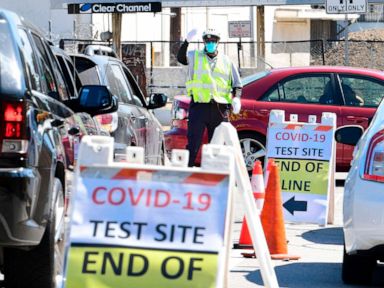
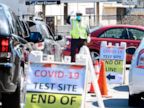

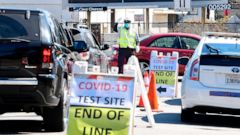
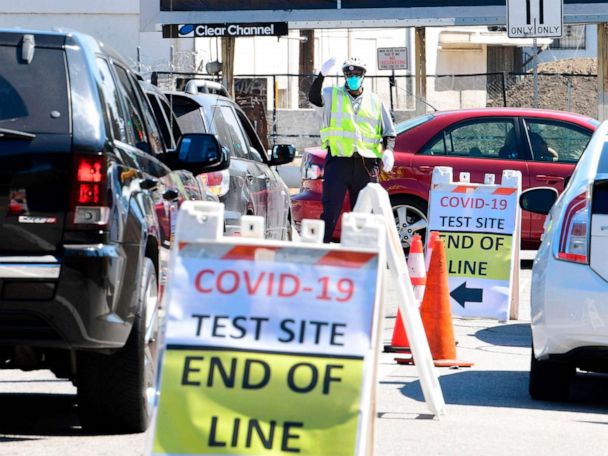
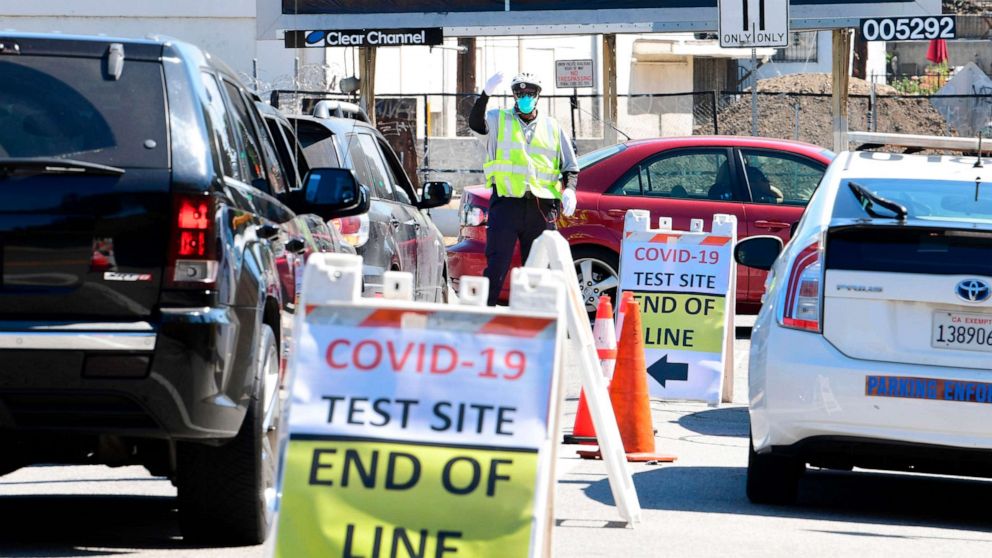
Experts say the prevalence of the virus may be higher than expected.
Asymptomatic carriers of COVID-19 may be spreading the disease unknowingly, but to what extent? According to new data published in JAMA, the rate of coronavirus infection in different parts of the United States may be much higher than anyone thinks.
Since January, it has been recommended that states report all confirmed cases of the novel coronavirus to the Centers for Disease Control and Prevention (CDC); however, it’s possible there are over 10 times more coronavirus infections than have been documented. Many individuals with positive antibodies — or presumed markers of prior infection — may not have had symptoms, therefore, they could have unknowingly spread the virus.
The study is “corroborating other smaller studies previously done” that show “the infection was much more widespread than we thought,” said John Brownstein, an epidemiologist and professor of biomedical informatics at Harvard Medical School.
The CDC’s most recent estimate is that about 40% of infections come from people who don’t show symptoms. That means people who are asymptomatic carriers of the virus may play a large role in community transmission (the spread of the virus through an unknown source in a particular area).
The agency’s most recent analysis included 10 cities and states in the U.S., many of which have high infection rates. Some regions, such as Missouri, had an estimated number of cases that was 13 times greater than reported, but in other areas, such as New York City, the difference between infections and reported cases actually decreased over time, possibly suggesting improvement in testing capacity.
The concept of wide-spread testing, even for those who are asymptomatic, has been proposed as a tool to more accurately document infection rates. Countries such as Iceland, that have implemented aggressive testing strategies and had the highest testing rate on a per capita basis in the world, have successfully contained viral spread, possibly through mass testing. Still, skeptics argue that increases in both the false negative rate (failing to detect the virus when it’s present) and false positive rate (failing to detect the virus when it’s absent) would cause more harm than good.
And despite a higher prevalence of coronavirus cases in the population “we can’t make any conclusions around herd immunity from this data,” Brownstein said.
Herd immunity — the concept that a large enough portion of the community is immune to a disease for it to be stopped in its tracks — is the goal for many health experts during a pandemic.
Brownstein said “the overall number of people that have been infected is still low,” so “we’re going to see a lot more cases” before either the virus is contained or there is a vaccine. Plus, results of several recent clinical trials suggest that a potential vaccine is still many months away.
The study’s researchers analyzed samples from people who had routine bloodwork done or were admitted to hospitals from March to May in 10 cities and states around the United States. However, during this time frame, many people who may have visited their health care providers for routine tests or elective procedures likely chose to stay home because of the pandemic, and only those who were more ill ventured to the hospital. Therefore, the blood samples included in the study may not have been representative of the general population.
Despite this limitation, Brownstein said he thinks this was still “an incredibly well done study” that helps us “better understand the community-wide burden of COVID-19.” But even the numbers captured by these researchers may “underestimate the true prevalence of disease,” he added.
Several recent scientific studies have surmised that after infection, people — especially those with mild or no symptoms — may have antibodies that begin to wane after just two or three months. Therefore, it’s possible that we still have more to learn about what percentage of the population is truly infected with the virus at a given time, and the CDC’s data may only capture people who were recently infected.
Furthermore, it’s possible that with more undocumented infections, the case-fatality rate (the proportion of people with coronavirus who die from it) is less than the estimated death rate, which is currently 3.7% in the U.S. But experts say only time will help reveal the true death rate. The good news is that as we see improvements in care, better treatments and eventually a vaccine, the death rate may continue to decline.
The only way “we’re really going to get out of this pandemic is with mask wearing, social distancing” and following other measures set forward by the CDC, said Brownstein, “especially for those who are infected and asymptomatic.”
Shantum Misra, M.D., is a senior resident in internal medicine at Dartmouth-Hitchcock Medical Center and a contributor to the ABC News Medical Unit.

